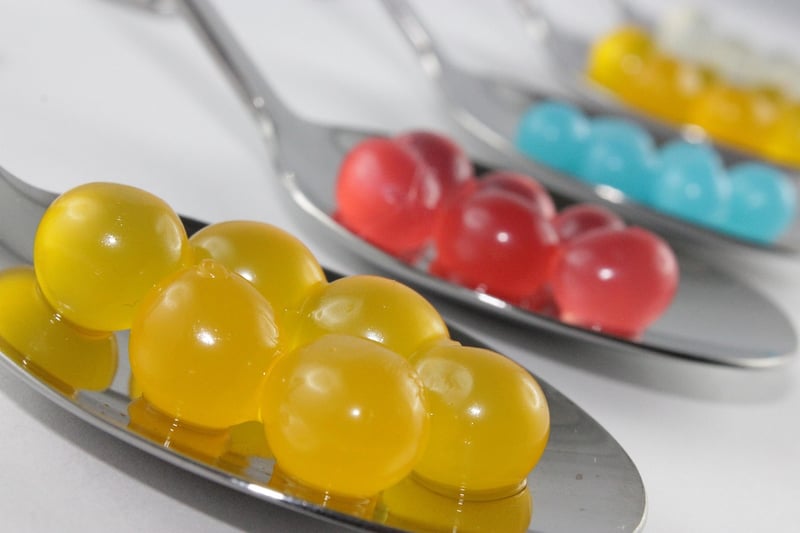Molecular Gastronomy
Innovative Cooking Methods and Molecular Gastronomy
Are you a food enthusiast looking to take your culinary skills to the next level? Dive into the world of innovative cooking methods and molecular gastronomy for a truly unique and creative approach to food preparation.
What is Molecular Gastronomy?
Molecular gastronomy is a scientific discipline that explores the physical and chemical transformations that occur during cooking. It involves using techniques and tools from the lab to create innovative and visually stunning dishes.
Key Techniques in Molecular Gastronomy:
- Spherification: Turning liquids into spheres using sodium alginate and calcium chloride.
- Foam creation: Using a siphon to create foams from various ingredients.
- Reverse spherification: Creating a thin gel membrane around a liquid center.
- Emulsification: Creating stable emulsions using ingredients like lecithin.
Innovative Cooking Methods to Try:
Explore these unconventional cooking techniques to add a touch of creativity to your dishes:
- Sous Vide: Cooking food in a water bath at precise temperatures to achieve perfect doneness.
- Smoking Gun: Infusing foods with a smoky flavor using a handheld smoking device.
- Flash freezing: Quickly freezing ingredients with liquid nitrogen for a unique texture.
- Deconstruction: Disassembling traditional dishes and presenting them in a new way.
Benefits of Molecular Gastronomy:
Embracing molecular gastronomy can offer several advantages, including:
- Enhanced creativity in the kitchen.
- Novel flavor combinations and textures.
- Engaging dining experiences for guests.
- Opportunities for experimentation and innovation.
Ready to embark on a culinary adventure like no other? Experiment with molecular gastronomy and innovative cooking methods to elevate your dishes to new heights!

Image source: Pixabay
